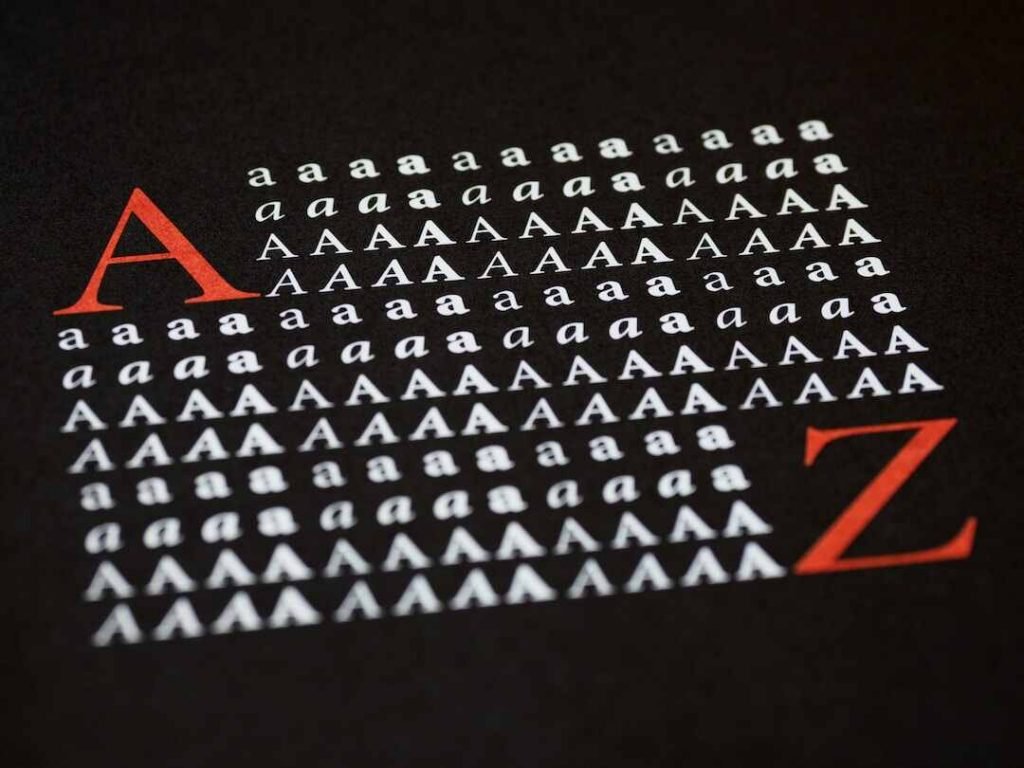Whether you’re a corporate professional, entrepreneur, digital marketer, or anyone needing to write emails, one key factor influencing your communications’ effectiveness is the font you use. Fonts, an integral part of typography in any form of digital communication, have the potential to shape your readers’ perspectives, make them more willing to read through your content and trigger some defined actions. When appropriately used, fonts make your emails more appealing, readable, and accessible, contributing to a higher success rate and increased participation from the recipients. In this article, we take an in-depth look at the best font choices for your emails.
Understanding Typography in Emails
Typography is more than just picking fancy fonts; it’s an art that combines the right fonts, size, spacing, and color to communicate your message effectively. The connection between typography and the recipient’s perception is a psychological one, subtly instilling a particular mood or feeling. So, the fonts, the font size, the color scheme all play crucial roles in your email’s overall aesthetic appeal and readability.
Typically, the readability of your email is directly proportional to the effectiveness of your communication. No matter how compelling your email content is, if it’s difficult to read, your engagement rates will suffer. Here it comes to font choices—some fonts are easier to read on digital screens. Therefore, understanding the importance of typography and the right choice of fonts is crucial while designing your emails.
The primary goal of effective typography in emails is not just to make them visually pleasing but also to ensure that they blend seamlessly with your content, ensuring readability and comprehension. Failure to achieve this can lead to miscommunication, negatively affecting your email’s response rates. Therefore, choosing the right font for your emails should not be an afterthought but a key component of your email design strategy. Learning what fonts to use in email can help you achieve better engagement for email marketing.
The Essence of Font Personality
Fonts have personalities. Yes, you read that right. Every font has a unique personality that sets the tone for your email content. For instance, serif fonts are generally perceived as trustworthy and professional, which is why they are common in formal and traditional industries like law and academia. On the other hand, sans serif fonts have a modern and clean feel, making them perfect for tech companies or startups.
Certain fonts set certain tones or moods. Some are formal, some are fun, and others are dramatic. The selection of fonts should be in line with the message you want to convey and the emotion you want to ignite in your email recipients. The use of multiple fonts should also be carefully considered since it can lead to visual clutter if not managed correctly.
This aspect also becomes vital in email marketing where you need to grab the recipient’s attention. When your font aligns with your brand personality and its message, you create a strong visual impact that positively influences your email engagement rates.
Considering Compatibility Across Platforms

Your email might appear different in different email platforms or devices. A font that looks perfect on one platform might not render correctly on another, affecting your email’s overall appearance. Therefore, it’s crucial to choose a font that displays well across all platforms and devices.
Web-safe fonts are fonts that are pre-installed by many operating systems, and because of their wide availability, they are likely to display on a wide range of platforms and devices. Some of these include Arial, Times New Roman, Courier, Georgia, and Verdana. When these fonts are used, it ensures that your emails maintain consistency in appearance, irrespective of the device or platform used by the reader.
Compatibility should always be a part of your font choice consideration. With a multitude of email clients and screen sizes in use, what may look good on your system might become unreadable on another. Hence, stick to standard fonts or test thoroughly before sending out emails, especially mass email campaigns.
In conclusion, selecting the best fonts for your emails not only enhances its visual appeal, but also improves readability and engagement, aiding your communication’s effectiveness. Factors like readability, balance, mood, compatibility, and branding all play pivotal roles in making a font choice for your emails. Always remember that your font choice should compliment your message and align with your brand’s personality, culminating in a truly effective email experience.




